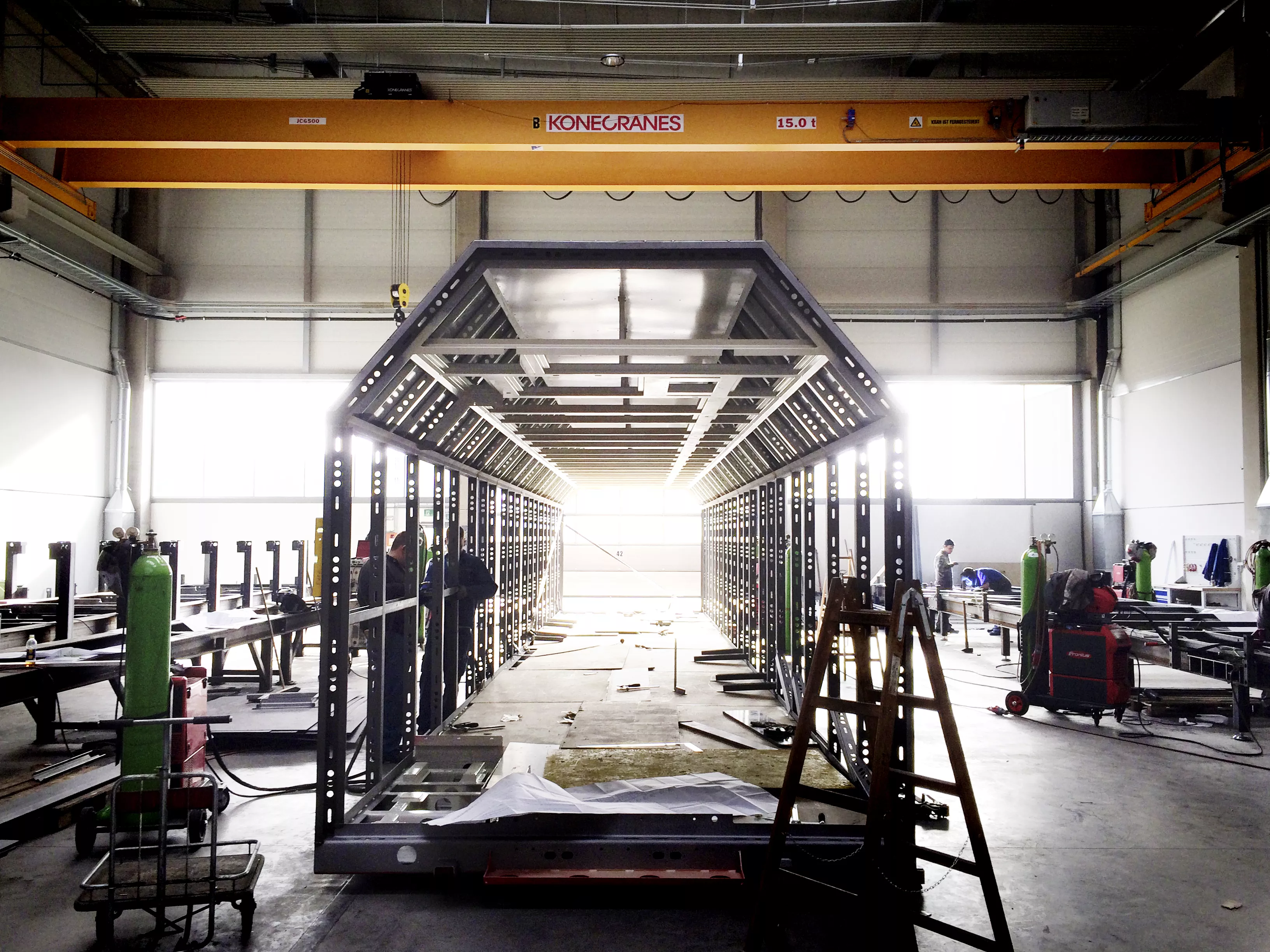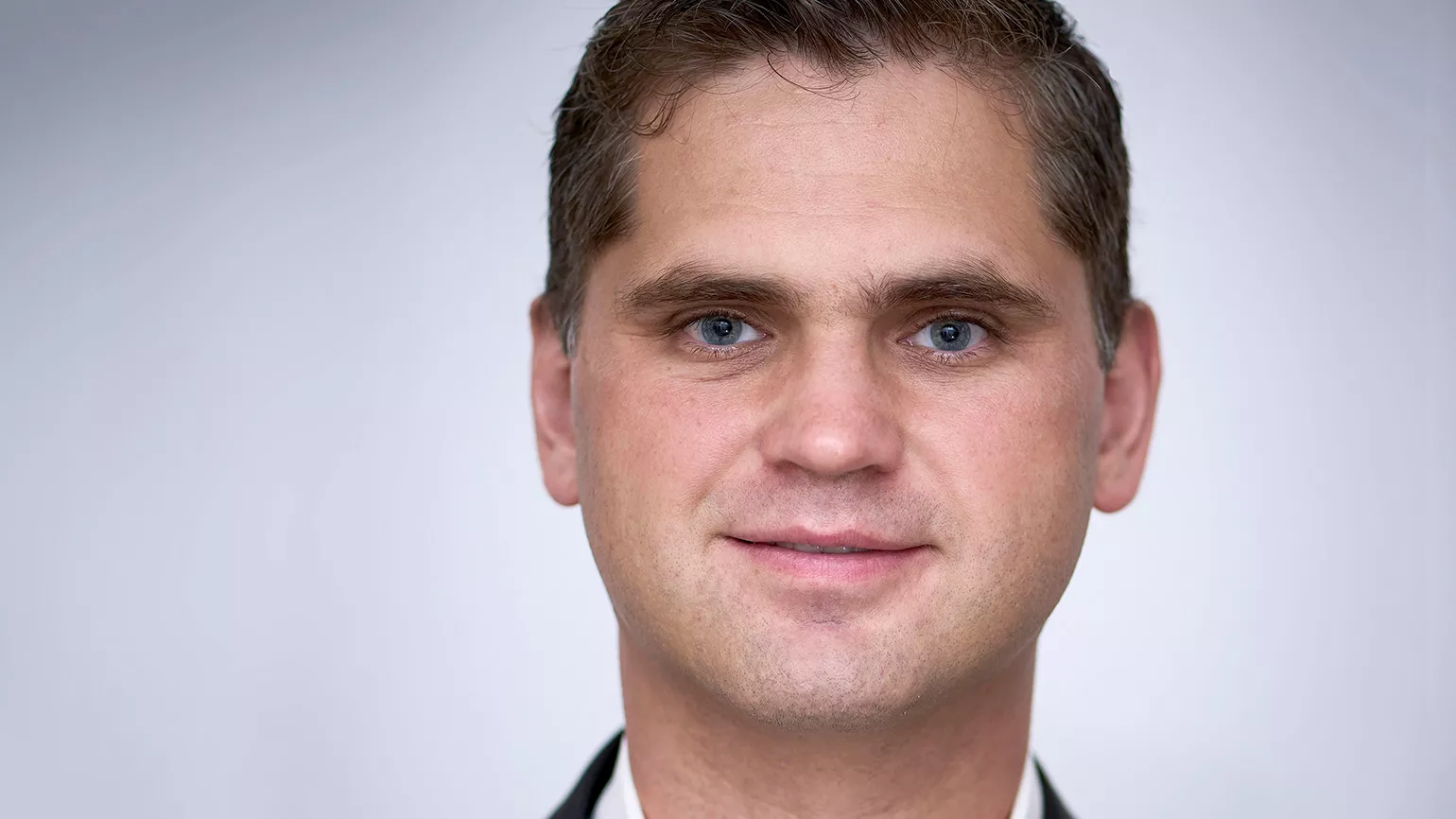Calibrating Welding Systems:Where Quality Assurance Begins
FROM COACHBUILDERS TO INTERNATIONAL EXPERTS
Whether it’s chassis frames for trucks or container systems for the petrochemicals industry, Gföllner has manufactured a wide range of products since 1895, from rail and commercial vehicles through to container technology. This globally active company, based in Upper Austria, has long relied on Fronius welding systems for their performance and endurance. Gföllner is certified to numerous legal standards relating to welding technology, which enables them to meet their customers’ quality requirements. This allows the company both to ensure the quality of its products and to gain the trust of its customers. For this reason, Gföllner also has all of its internal welding systems regularly calibrated. “This enables us to weld our products safely and use a repeatable process, which prevents the machine output from slowly falling away”, explains Ludwig Eichinger, responsible for welding coordination at Gföllner. Eichinger has been working for the company for over twenty years and knowswhat welding is all about. He adds that, thanks to the calibration documents provided by the welding systems manufacturer, the issue of validating welding systems at every inspection can be dealt with very quickly, whether by the customer or an external testing organization.
THE ADVANTAGES OF CALIBRATED SYSTEMS
As a general rule, MIG/MAG, manual metal arc welding, and TIG systems can be calibrated. Metal-processing companies that are certified according to a standard are required to calibrate their welding systems on a regular basis. The standards covered here include the ISO 9000 series as well as EN ISO 3834-2, which set out the principles for the quality assurance process for welded products. EN 1090 defines the requirements for the manufacture of supporting structures. Above all, complying with standards helps to build trust with the customer and is a sign of the manufacturer’s professionalism. Being able to demonstrate that calibration has taken place can also be advantageous when dealing with complaints. Of course, performing regular system maintenance does come at a cost. However, this is a small price to pay compared to what you would face if any damage occurred and you were not able to prove that your production process complies with the standards. Remember, accidents can cause harm to people as well as steel constructions. Companies therefore have a responsibility toward their customers to guarantee the quality of the weld seam.
WHAT ’S INVOLVED IN CALIBRATION
When calibrating welding systems, the voltage, amperage and wire speed are measured. In order to do this, the welding system is connected to a calibration station. The calibration software analyses and compares the values of the respective welding system with the value specified in the standard. It then determines the size of the discrepancy between the two values and whether this falls within certain specified tolerances. The rules on the permissible tolerance values are laid down by European standard (EN) 50504 “Validation of arc welding equipment.” The accuracy of the calibration carried out is divided into two categories here – standard and precision. The tolerances for the standard class are greater. If the calibration process does not deliver a successful result, measures such as readjustment or repair of the device must be performed. If the fault is not remedied, companies should also refrain from using the welding system for production – not least due to quality assurance and product liability.


